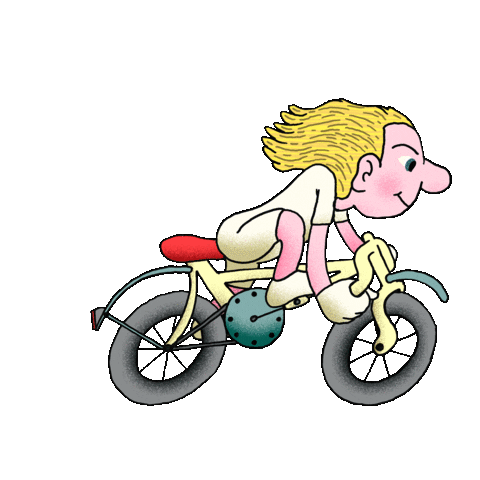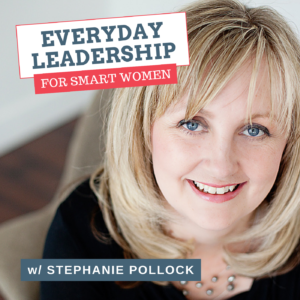“Taking on a challenge is a lot like riding a horse, isn’t it? If you’re comfortable while you’re doing it, you’re probably doing it wrong.”
~Ted Lasso
Let’s talk about being uncomfortable.
One of the most profoundly challenging parts of parenting is holding the tension between wanting to keep your kids safe (physically, but also emotionally, mentally and socially) and wanting them to challenge themselves to build confidence and resilience.
I spend a lot of time with my two tweens helping them navigate scary, uncomfortable situations (to them). As you can imagine given their age, they are now highly conscious of themselves, of others, and how they are perceived by others. This hyper-awareness factors into every single opportunity or challenge they’re presented with, and if we aren’t careful, can over-influence their decision-making skills. This can then lead them to choose the safe, less-conspicuous path over the one that offers opportunity and risk.
And while this challenge of choosing safe over scary is certainly heightened for my middle-schoolers, I know that as adults, we’re far from immune. Let’s talk about how it shows up for us.
In my mind, there are two ways we can experience discomfort in our lives, our work and our leadership.
*Prefer to listen to me read this essay? Click the player below.
[fusebox_track_player url=”https://traffic.libsyn.com/secure/beyondpro/097_-_Two_ways_we_experience_discomfort_and_how_it_impacts_our_leadership.mp3″ title=”Two ways we experience discomfort and how it impacts our leadership” image=”https://stephaniepollock.com/wp-content/uploads/2021/10/097-The-two-ways-we-experience-discomfort-and-how-they-impact-our-leadership.jpg” social_linkedin=”true” social_pinterest=”true” social_email=”true” ]
1. We experience discomfort when we’re pushing ourselves outside our comfort zone.
We aren’t sure if we’ll succeed, failure seems a very real possibility, and we’re doing things we haven’t done before.
This kind of discomfort feels awkward and messy, like we’re little kids learning to ride a bike for the first time. We often feel self-conscious and like everyone’s eyes are on us waiting for us to make a mistake.
Common examples: when we’re interviewing for a new job or a promotion, when we put our ideas out into the world, when we launch something new, when we’re asking for anything (the sale, support, a favour etc).
It feels really scary when we’re in this place of discomfort because inevitably, we feel vulnerable and we know that we can’t entirely control the outcome. And we can inadvertently believe that because it feels scary, it must not be the right path. But, this kind of discomfort can also feel exhilarating (cue nervous laughter) knowing that we’re challenging ourselves and opening up the door to something bigger and better.
2. We also experience discomfort when we’re out of alignment with the person we want to be.
We’re not taking action, we’re stuck in fear, and we’re operating outside our values and what we say is important to us.
This kind of discomfort feels frustrating and disheartening, because we know we’re capable of more and yet we’re holding ourselves back from actively pursuing it, despite knowing it would offer us greater fulfillment and opportunity. What we say we want isn’t reflected in our actions, and the dissonance from this creates added stress.
Common examples: avoiding hard conversations that would unstick a situation, spending more time planning than practicing, counting ourselves out before we even begin (of the promotion, the opportunity, the ask), distracting ourselves with low-level tasks to appear busy.
It feels really dissatisfying when we’re in this place of discomfort because we intuitively know it’s not what we really want, nor what’s best for us. And yet, it can feel really hard to get out of and if our confidence is shaky, it can feel almost impossible.
The truth about both kinds of discomfort.
Both kinds of discomfort make us feel vulnerable and scared.
Both kinds of discomfort make us doubt and question ourselves.
Both kinds of discomfort can feel never-ending and terribly awkward.
But the difference between the two is that one kind of discomfort serves us and creates the conditions for growth, while the other holds us back and limits our own potential.
This is important because I see a lot of women hold back, hide out and sabotage themselves to avoid the discomfort of possibly looking stupid, being wrong or failing publicly. I have done it myself too many times to count.
We think we’re avoiding discomfort and staying safe, but really, we’re just trading one kind of discomfort for another.
Because what feels more uncomfortable than actively getting in our own way, and holding ourselves back from what we actually most desire?
So don’t ever believe that the “safe” path is safer.
It’s not, and the impact is far more lasting and profound than the impact of stretching ourselves into new territory.
If you’re not quite where you want to be, ask yourself if you’ve been willing to be uncomfortable lately. If yes, keep going. But if no, then be willing to leap (or just hop) into discomfort. For those counting, we still have close to three months before this year is over. Lots of time to move from one place to the other.
Because it’s where the treasure really is.
*Want some strategies to help move you out of discomfort (or at least make peace with it)?
Go listen to today’s podcast episode where I offer up five ways to move through discomfort.
Steph (she/her)
x
p.s. Need support shifting from one kind of discomfort to the other? Book a complimentary call with me here to chat about how I might be able to help.
p.p.s. Like this letter? Make sure you’re getting your own delivered every Thursday. Subscribe to the Leadership Letters here.
💥THE WEEK IN A GIF
Me finding balance in these last three months of the year. A little bit of sprinting and a little bit of coasting.



